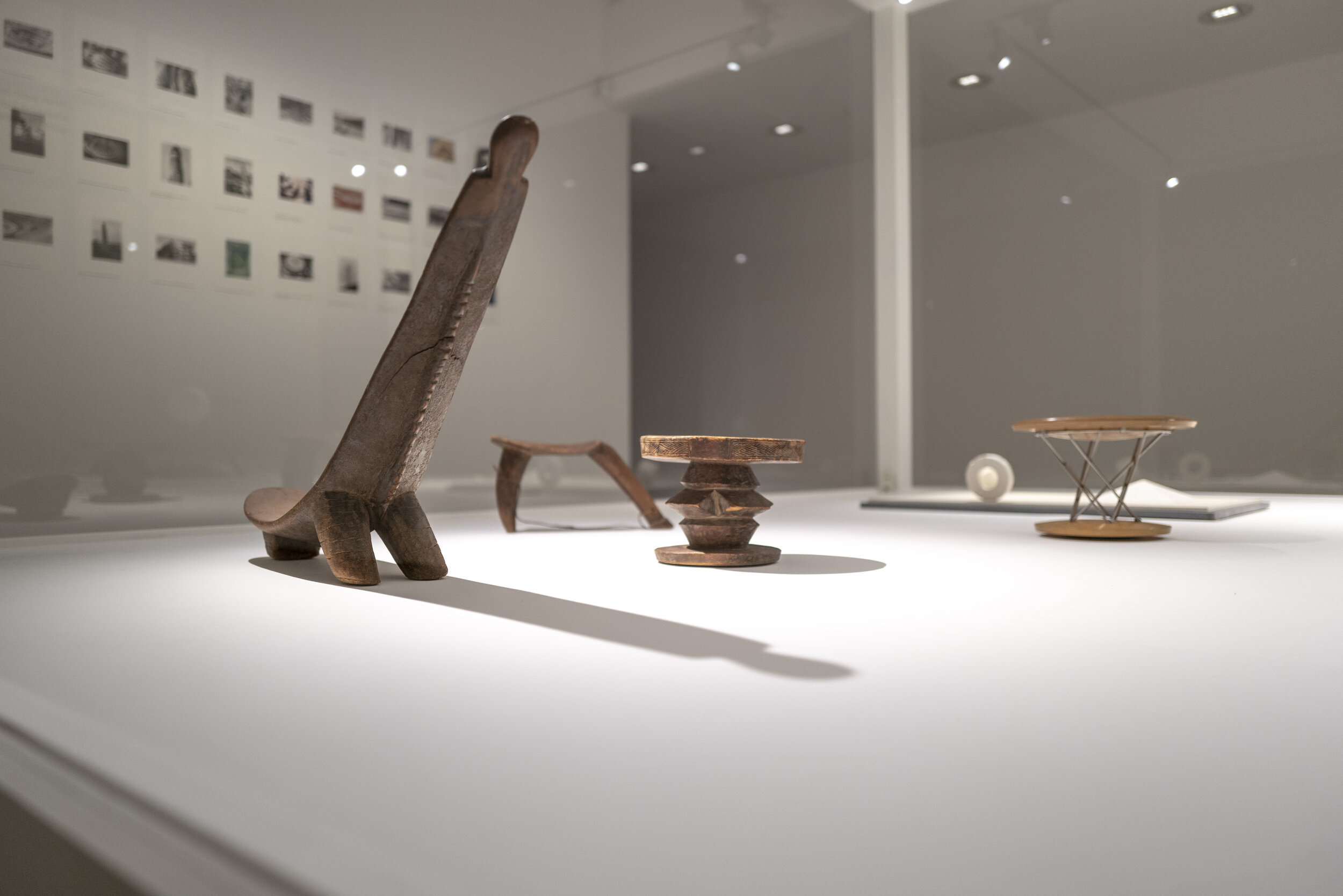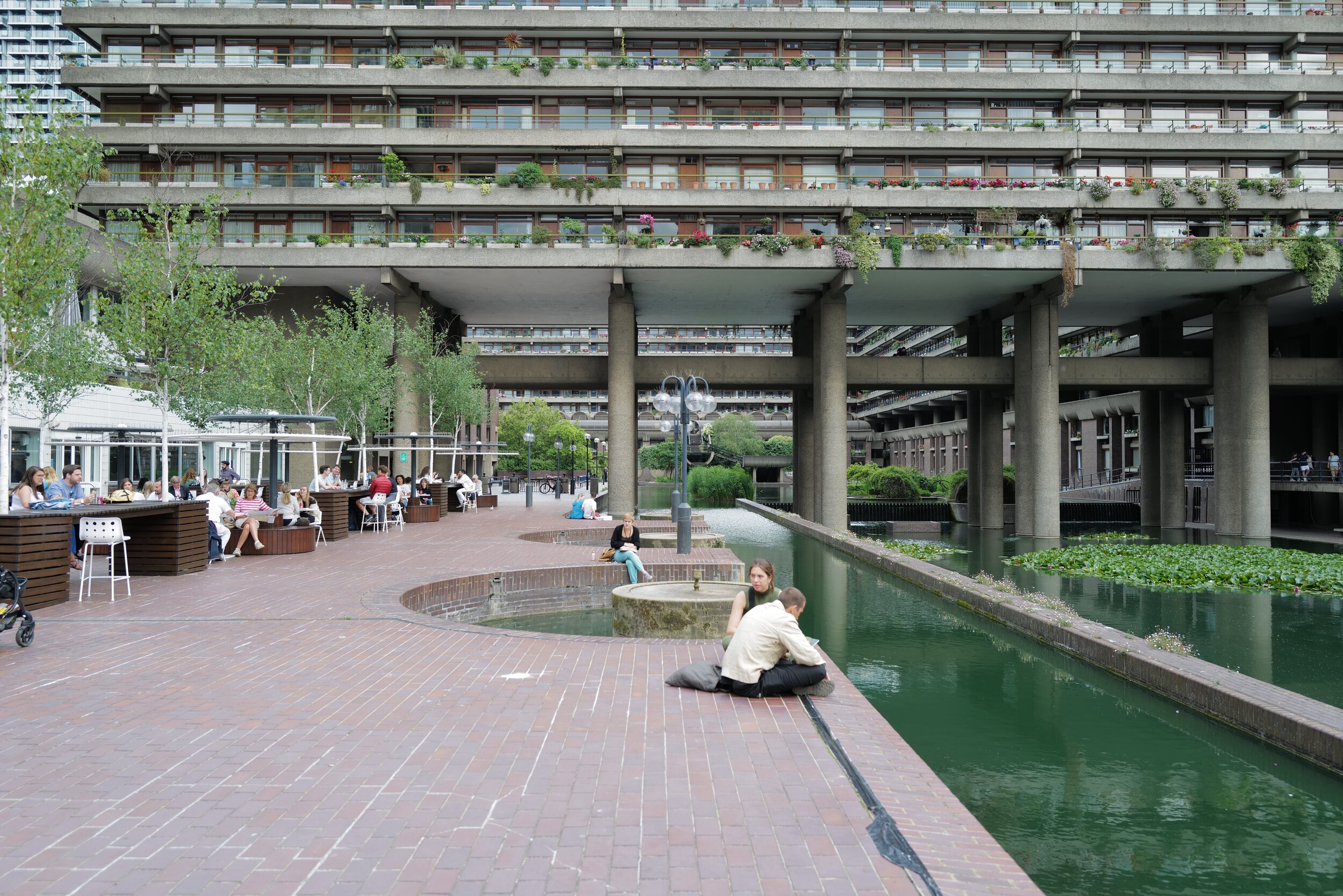
BARBICAN Estate
A brutal mix of art, architecture and music.
The Barbican Estate is a residential estate situated in the heart of London.
Developed between 1967 and 1982, it is home to the Barbican Centre, the largest entertainment centre in Europe. With 42 acres and 2,014 residents, the estate is one of the largest residential estates in the City of London.
History of the project
The Barbican Estate is a housing estate built in the 1950s in the city of London. It is an excellent example of Brutalist architecture, and has been commended for its bold and progressive design. The estate houses more than 2,000 inhabitants and offers a variety of facilities, including a theater, a library and a swimming pool. The Barbican estate is an excellent example of the brutalistic architecture that was popular in the 1950s.
The Barbican Estate is a remarkable piece of architecture located in the heart of London, UK. This iconic residential and cultural complex was designed by architects Chamberlin, Powell, and Bon and constructed in the 1960s and 70s. It is one of the largest and most significant examples of Brutalist architecture in Europe.
Structure of the complex
The Barbican Estate is a true landmark of London, comprising 13 towers and 42 terrace blocks, built over a site of approximately 35 acres. It is home to over 4,000 residents, who enjoy the convenience of living in a central location with access to a range of cultural amenities, including the Barbican Centre, one of Europe's leading cultural venues.
The Barbican's distinctive Brutalist style features a vast expanse of concrete, sharp angles and exposed service ducts, making it instantly recognizable. The buildings' aesthetic was a product of its time, and its uncompromising form was a response to the architects' desire to create a space that was both functional and beautiful. The design is intended to reflect the needs of the residents, while also serving the broader community.
The Barbican Centre, which is located within the complex, is a cultural hub that attracts visitors from all over the world. It is home to a concert hall, two theaters, a cinema, an art gallery, a library and several restaurants. The center also hosts regular events, including music performances, theater productions, and film screenings.
The Barbican Estate's design includes several green spaces, providing residents with access to nature in the heart of the city. The complex features a number of communal gardens, as well as an artificial lake that provides a home for a range of aquatic life.
Despite the challenges that the Barbican Estate has faced over the years, including financial difficulties and the need for extensive renovations, it remains a significant part of London's architectural landscape. The estate has become a symbol of the Brutalist movement and continues to inspire architects and artists today.
Exhibitions taken place at Barbican

Isamu Noguchi presented at Barbican Center







Debuffet






